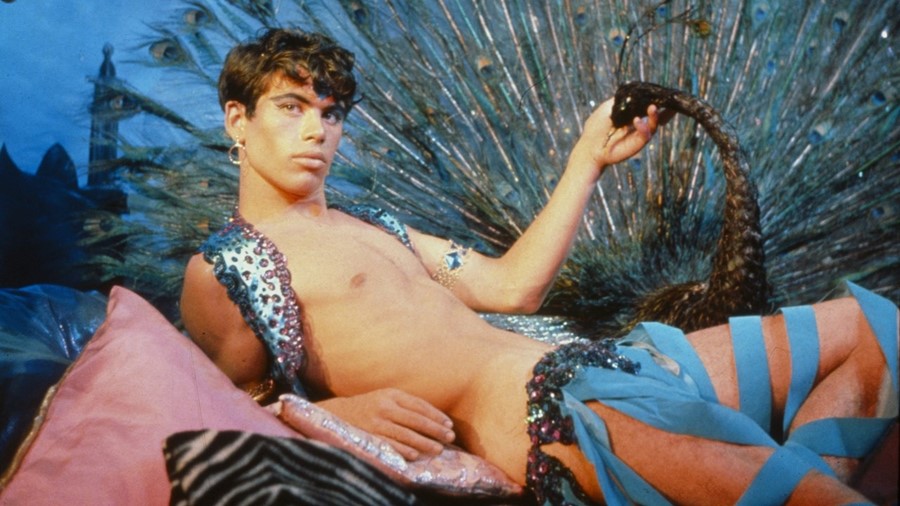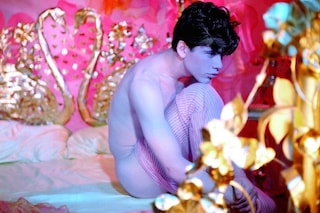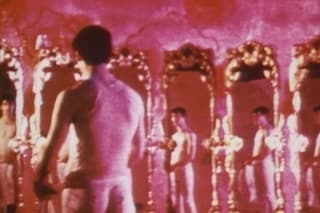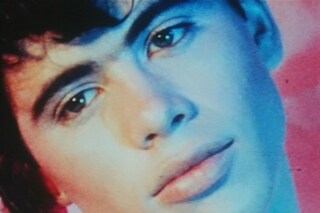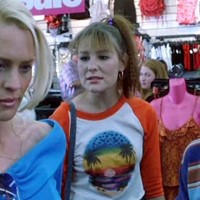As the legendary queer artist and filmmaker James Bidgood passes away, Barry Pierce looks at the sprawling influence of his greatest work
On 1 February 2022 the news broke that the legendary queer artist and filmmaker James Bidgood had died. Emerging in the 1960s New York art scene alongside Andy Warhol and Kenneth Anger, Bidgood’s name was never afforded the same reverence as his contemporaries, mostly due to the fact that his most famous work, the 71-minute dreamy gay fantasia Pink Narcissus (1971), was attributed to ‘Anonymous’ for decades. It was only in the mid-90s when Bidgood’s name finally reunited with his greatest work.
Pink Narcissus’s effect on queer culture is vast, from its obvious influence on the photography of Pierre et Gilles and David LaChapelle, to the sheer amount of times one sees images from the film as Twitter headers or used on creative mood boards. Filmed between the years 1963 and 1970 and shot mostly on 8mm, Bidgood built the iconic pink boudoir set in his own New York apartment. The film’s star, Bobby Kendall, who appears in many guises – a matador, a prostitute, and the Greek god Pan – was an unknown model who Bidgood had used previously as a subject in his photography. Kendall, much like Bidgood himself, quickly faded into obscurity after the film was released.
It was through Kendall that Bidgood projected his sexy, camp vision. Bidgood’s camera checks Kendall out, often resting on the model’s toned physique as he lounges about the boudoir or caresses his image in the mirror. Bidgood takes his time, he wants us to become familiar with every smooth patch of Kendall’s lithe body. Never does it feel like leering, Kendall knows he’s being watched and he’s inviting you to look. He is, after all, Narcissus.
The film’s slow pace and gay imagery, combined with its status as an anonymous work, led it to being attributed to Andy Warhol for many years, but despite the similarities in Bidgood’s and Warhol’s work, one finds it hard to see much of Warhol in Pink Narcissus. Warhol’s films of the 60s have a rough-and-ready quality and often edged toward being more provocative than artful. Pink Narcissus is the antithesis of this. The pink-hued production, the soft and subtle shots of Kendall, the dream-like storyline, Pink Narcissus is a film that Warhol could have only dreamt of making, or dreamt of getting Paul Morrissey to make it for him.
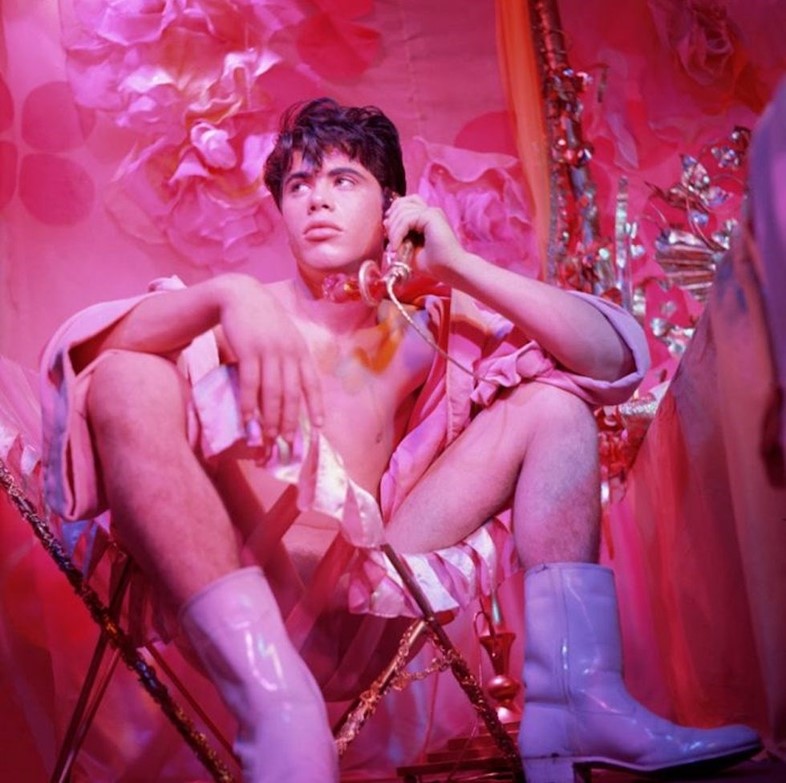
What stands out for me when watching Pink Narcissus is how much it has influenced, and perhaps is even responsible for, our notion of what a twink is. The major gay erotic photographers of Bidgood’s era, legends like Bob Mizer and Bruce of Los Angeles, often looked at bodybuilders and musclemen for inspiration. This hyper-masculine concept of queerness came to define gay erotica in the 1950s due to the fact many of the publications that disseminated the images could be easily disguised as simple bodybuilding magazines and thus evade censorship. Even films such as Kenneth Anger’s Scorpio Rising (1963), whilst being so obviously queer, rely on those hyper-masculine queer stereotypes of the biker and the leather daddy.
Pink Narcissus never tries to be masc. Bobby Kendall is toned, yes, but he’s nowhere near the thonged Adonises of Bob Mizer. Kendall is a twink and his utterly passive performance as the titular ‘pink Narcissus’ exudes huge bottom energy. The way Kendall stands, the way he poses, how he carries himself and plays with the camera, it’s all so gloriously femme. Bidgood’s film was one of the first to explore the concept of the twink in such an explicit and erotic way with Bobby Kendall pioneering the very look and body type by which we define the twink.
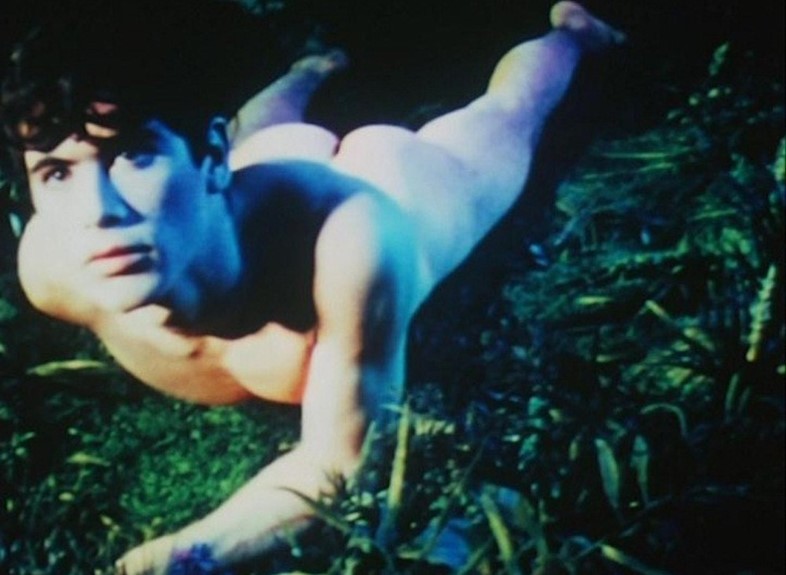
It’s impossible to watch Pink Narcissus and not see it as the antecedent to those great twink performances over the years – Dexter Fletcher in Jarman’s Caravaggio (1986), River Phoenix in Van Sant’s My Own Private Idaho (1991), and Timothée Chalamet in Guadagnino’s Call Me by Your Name (2017). The lineage is as defined as Kendall himself.
In an interview with the New York Times in 2011, Bidgood says of his early work as a photographer of Mizer-esque musclemen, “There was no art. [The pictures] were badly lit and uninteresting. Playboy had girls in furs, feathers and lights. They had faces like beautiful angels. I didn’t understand why boy pictures weren’t like that.” It was only in his latest years that Bidgood finally received the recognition for being the pioneer that he was. Twinks everywhere should bow their heads in respect.
